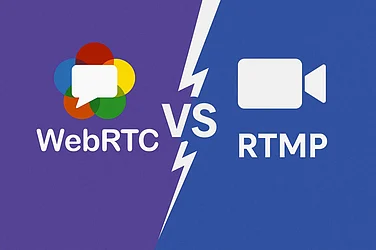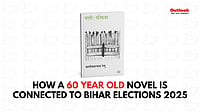For many salaried professionals, the NPS Multiple Scheme Framework is the first real chance to shape retirement money with precision. It does not promise miracles; it simply opens more levers inside a regulated pension wrapper so you can build a mix that suits how you earn, save, and review.
What The NPS Multiple Scheme Framework is
In plain terms, the multiple scheme framework in NPS scheme design lets one subscriber hold and manage more than one scheme under the same PRAN, with PAN used as the unifying key across recordkeepers. That is a clear step away from the earlier single-path structure.
The framework also brings consolidated, scheme-wise reporting at the CRA level so you can view totals and drill down without juggling statements.
Why it Matters for Private Sector Employees
Your pay structure, bonus cycles, and career moves are not one-size-fits-all. This is where persona-targeted investment options inside the MSF scheme become useful.
Providers may design schemes for corporate employees, self-employed professionals and platform workers, with risk variants that match different comfort levels.
In practice, this allows you to allocate new contributions toward investment blends that reflect your life stage and risk appetite, within the guidelines set by NPS and PFRDA.
How Private Sector Employees Can Use It
Think of the MSF as a toolkit for intent-based allocations. Start simple, then refine as your income pattern and risk appetite evolve.
Split fresh contributions across various schemes with differing risk-return profiles within one PRAN, as allowed by MSF, without opening multiple pension accounts.
Keep oversight easy with CRA’s consolidated view that shows both scheme-level and total holdings.
Match a scheme to your role: Employers and employees under corporate NPS may agree on co-contribution arrangements; independent professionals can choose schemes aligned to their irregular cash flows under MSF.
Costs, Risks and Discipline
NPS remains cost-conscious by design. MSF keeps charges within defined caps and preserves CRA and trust levies as per prevailing norms, so you can compare options on a like-for-like basis.
Risk is made visible through a mandatory risk-o-meter, while each scheme is benchmarked to relevant indices, and documented in a standard “NPS Scheme Essentials” note covering objectives, risks, vesting and fee disclosures.
Vesting applies to the new MSF schemes with a mandatory 15-year period limiting scheme switches, while exit continues to be governed by existing NPS rules, emphasizing retirement-focused investment rather than short-term switches.
How it Differs From Other Options
Traditional routes often force you into a narrow lane: one manager, one style, one rhythm. MSF, by contrast, removes those constraints on diversification within the pension system, so you can balance conservative and more assertive strategies under one umbrella and refine them as work life changes.
That flexibility does not equal a promise of better results; it simply gives you the instruments to pursue what “better” means for you, with safeguards intact.
Getting Started the Right Way
A clean setup and periodic reviews make the difference between good design and good outcomes.
Confirm your PRAN details and note that PAN acts as the system-wide identifier while CRAs enable multi-scheme operations.
Read the “NPS Scheme Essentials” for each option; check objective, asset mix, risks, fees, vesting, switching and exit.
Understand switching rules during the vesting phase, switching to common schemes is allowed, but switching between Section 20(2) schemes is permitted only after completing the 15-year vesting period or upon normal exit.
Keep reviews scheduled; use the CRA’s consolidated statement to track drift and rebalance thoughtfully.
Conclusion
For India’s private workforce, the NPS Multiple Scheme Framework brings structure with choice. It allows you to build a retirement mix that reflects how you work and what you can tolerate, without walking away from the checks and balances that define a pension system.
If you like the idea of purposeful diversification and transparent oversight, the MSF scheme offers a credible, modern route to shape long-term savings, one that may sit more naturally with today’s careers than a single, fixed track.
Frequently Asked Questions
1. What is the NPS multiple scheme framework, and who can use it?
It is a regulatory upgrade that lets a subscriber manage more than one scheme within NPS under the same PRAN, with PAN used as the unifying identifier across recordkeepers.
It is introduced for non-government subscribers and comes with consolidated, scheme-wise reporting via the CRA so that you can see both totals and the breakdown in one place.
2. Does MSF change exit rules or the lock-in nature of NPS?
No, exit, withdrawal and annuitisation continue under existing NPS regulations. MSF adds choice during the build-up phase, and schemes launched under this framework also carry a vesting element to keep the focus on retirement.
3. Can I switch between schemes freely under MSF?
New contributions can be directed to your chosen MSF schemes. During the vesting period, switching is restricted to common schemes; broader movement is available after vesting or at normal exit, in line with the circular. Review the scheme document before making any move.
Disclaimer : This is a sponsored article. All possible measures have been taken to ensure accuracy, reliability, timeliness and authenticity of the information; however Outlookindia.com does not take any liability for the same. Using of any information provided in the article is solely at the viewers’ discretion.





















